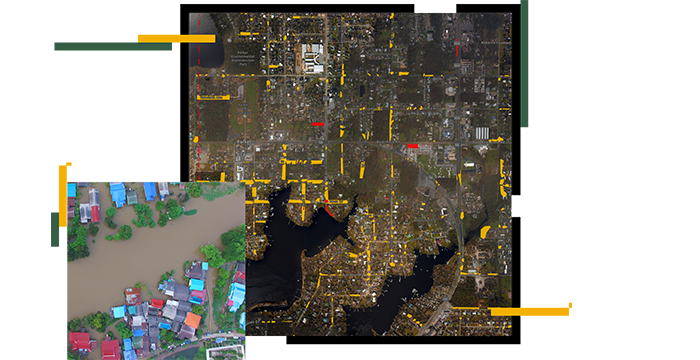Humanitarian impact assessment through maps
Maps and imagery provide the essential base for understanding the aftermath of disaster. Overlay these with data collected from the field to create informative dashboards, quickly analyze impact, and assess needs.




